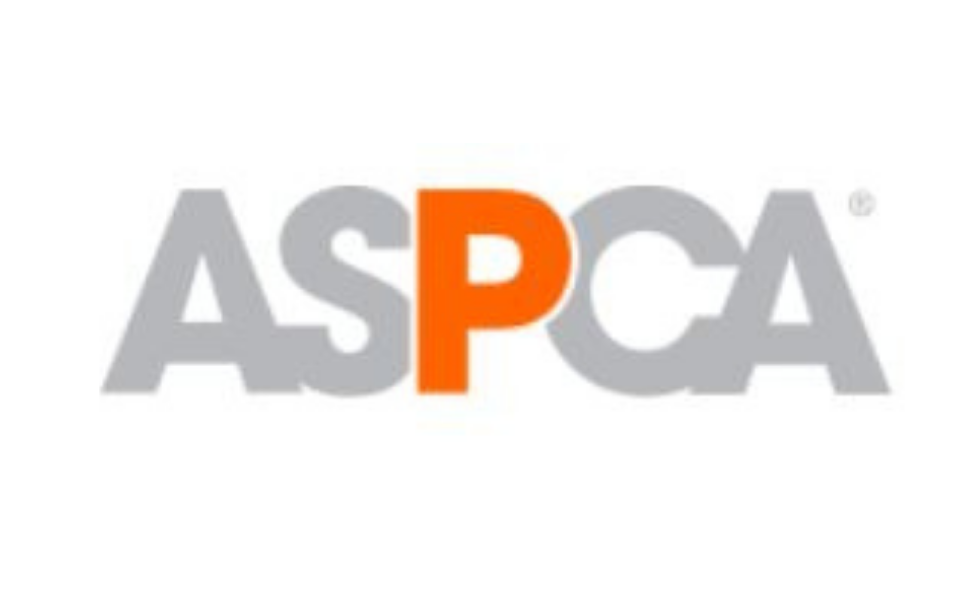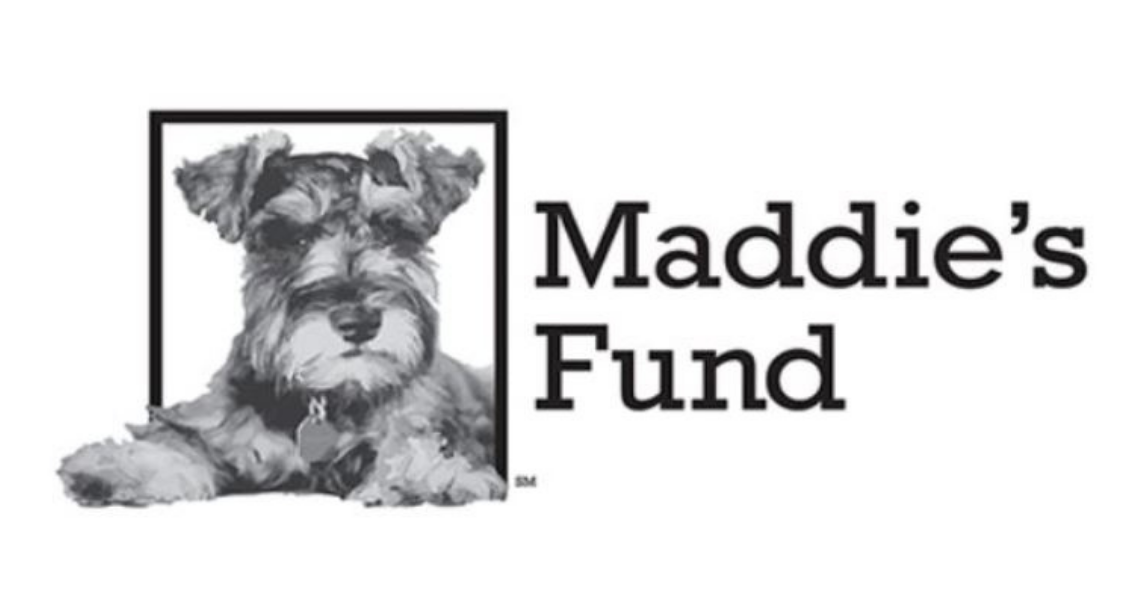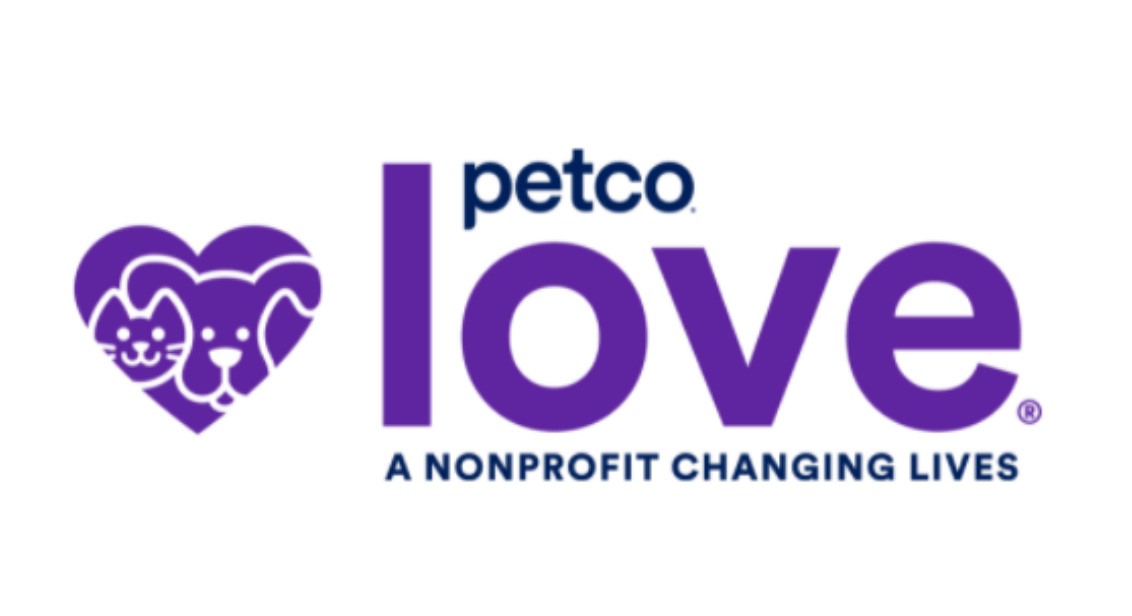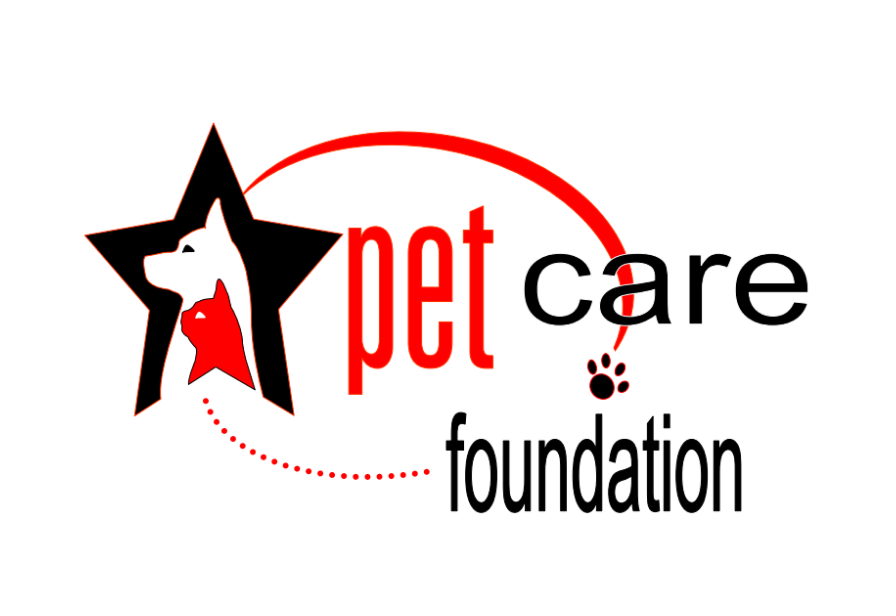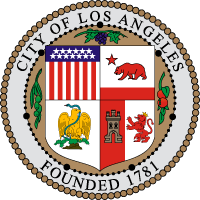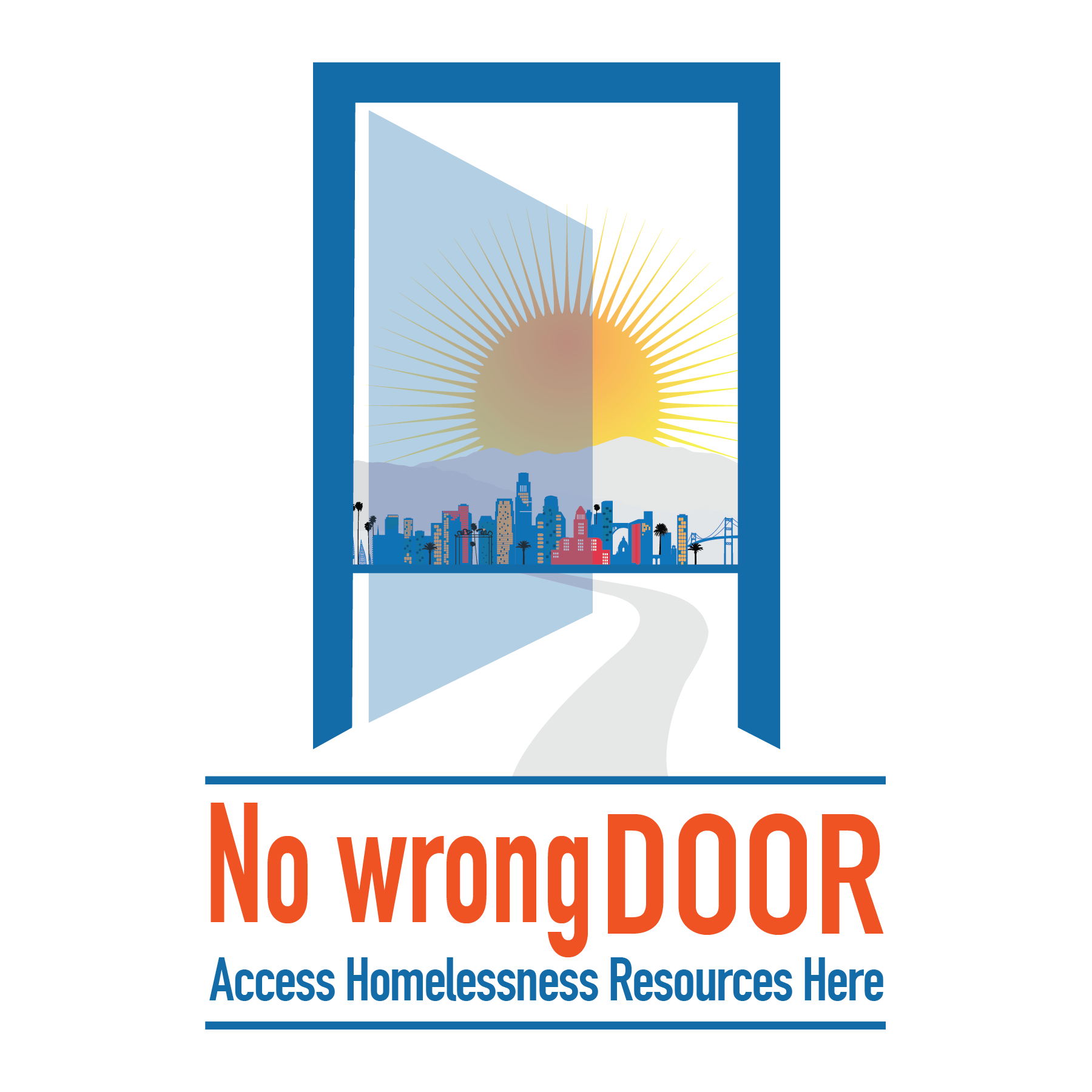Defining no-kill for the City of Los Angeles
A no-kill shelter is a shelter that saves healthy, treatable and rehabilitatable animals. As a benchmark, at least 90% of the dogs and cats entering the shelter are expected to be a released alive to the owner (if lost), a new home or a rescue partner.

In 2003, then Mayor James Hahn set a goal for Los Angeles to become no-kill by 2008. Although 2008 did not find Los Angeles a no-kill City, the City continued efforts to achieve that goal.
Since 2011, Los Angeles City animal shelters have been making great strides toward achieving no-kill. A live save rate of 90 percent of every dog and cat entering the city shelter system is the nationally recognized benchmark for no-kill status.
Each community must decide how they are going to calculate their no-kill statistics. Some use a system called the Asilomar Accords and work out certain definitions that are appropriate to that community. In Los Angeles, we take a simple and completely transparent approach based on total noses in and total noses out.
The Department of LA Animal Services believes that every healthy or treatable animal should be saved. We also understand that approximately 10 percent of the dogs and cats entering the City shelter system will have medical conditions causing irreparable suffering or are dangerous dogs and cannot be safely released into the community. In both cases, those animals must be humanely euthanized.
How are we getting there?
Strategies to achieving no-kill
- Increase pet adoptions
- Return lost pets to owners
- Collaborate with private animal groups & the community
- Provide free & discounted spay/neuter
- Increase volunteer and foster care programs
- Provide services for low income community members who want a companion animal.
Are we there yet?
Progression toward no-kill
View Reports





